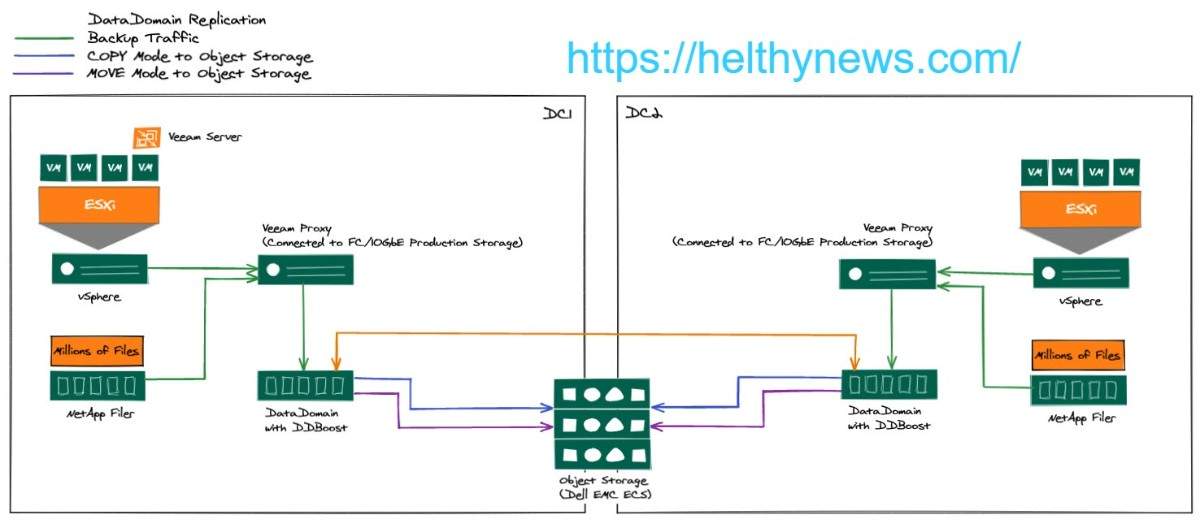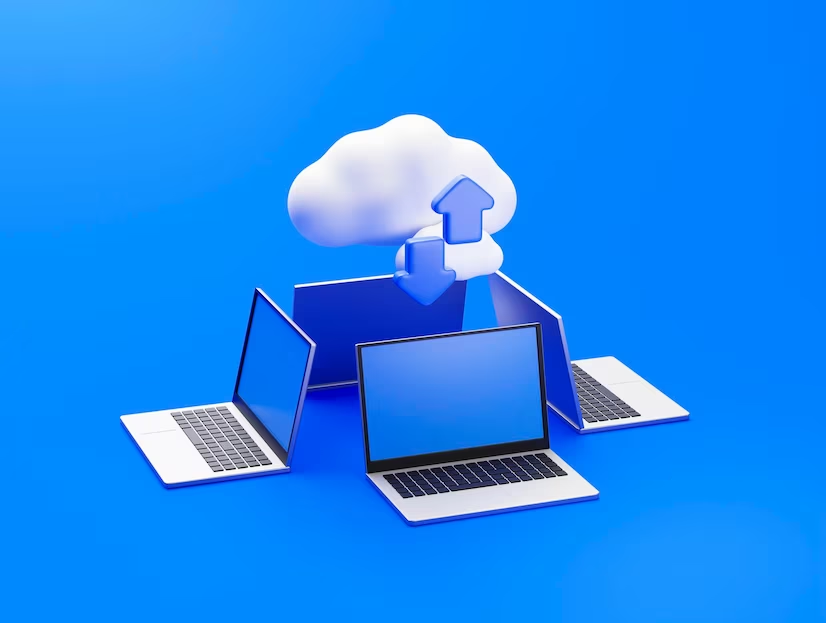There’s nothing more annoying than facing internet connectivity issues, especially when you’ve just settled down to binge your favorite series or when you’re in the middle of an important work presentation. As more Australians switch to National Broadband Network (NBN) connections, knowing how to troubleshoot these hitches is crucial. That’s where we come in with this handy guide on how to fix common NBN plan problems. Whether you’re an experienced techie or just starting to NBN plans compare, this guide is designed to help you get back online as soon as possible.
Understanding NBN Connectivity Issues
Before you can fix an issue, it’s important to understand what could be causing it. The NBN is a massive upgrade on older internet systems in Australia and is not immune to problems. Connectivity issues could arise from various sources, from network congestion and hardware faults to local outages or weather conditions.
- Troubleshooting Tips for Your NBN Plan
The first step in any troubleshooting process is identifying where the problem lies. Here are a few simple tips that could help you identify and fix connectivity issues with your NBN plan.
- Restart Your Modem and Router
It might sound cliché, but turning your modem or router off and on again can often resolve many connectivity issues. This works because it allows your hardware to reset and re-establish connection with the NBN.
- Check Your Network Cables and Connections
It must be fixed, or loose connections can interrupt your internet service. Check if all cables connected to your modem and router are in good condition and properly plugged in. Replace any damaged cables and make sure that the connections are secure.
- Check for Network Outages
Sometimes the issue is out of your control. Network outages, whether planned or unplanned, can disrupt your service. You can check for reported outages on your service provider’s website or social media pages.
- Limit the Number of Connected Devices
Too many devices connected to your network can slow down your internet speed. If your internet is running slow, try disconnecting some devices and see if the performance improves.
When to Contact Your Service Provider
If you’ve tried all the troubleshooting steps and still experiencing issues, it might be time to contact your service provider. They can run a diagnostic on your connection, resolve issues, or send a technician if necessary.
Protecting Your Connection
Prevention, as they say, is better than cure. Here are some tips to prevent connectivity issues with your NBN plan:
- Regularly Update Your Equipment
Routers and modems are not built to last forever. They age and become less efficient over time. Regular updates and timely replacements can help maintain optimal performance.
- Consider a Quality Router
Not all routers are created equal. Invest in a quality router that can handle the demands of your household or business. Consider a dual-band router capable of handling more devices without slowing down.
- Use Ethernet for High Demand Devices
While Wi-Fi is convenient, it’s sometimes the fastest or most reliable connection. For devices that require high-speed internet, consider using an Ethernet cable.
- Consider an NBN Plan Upgrade
If your plan isn’t meeting your needs, it might be time for an upgrade. Compare NBN plans and choose one that suits your internet usage and budget.
Conclusion
While the NBN offers high-speed internet to many Australians, it has its share of connectivity issues. However, with the proper troubleshooting, many of these issues can be resolved quickly. Remember, don’t hesitate to contact your service provider for assistance when all else fails. Finally, to prevent future issues, consider investing in quality equipment, regular updates, and an NBN plan that suits your needs. With these tips, you’ll be on your way to a more stable, reliable internet connection.















Karry Gilfillan
Want free traffic? Submit your website for free to over 35 classified ad sites here: http://freewebsitesubmission.12com.xyz/